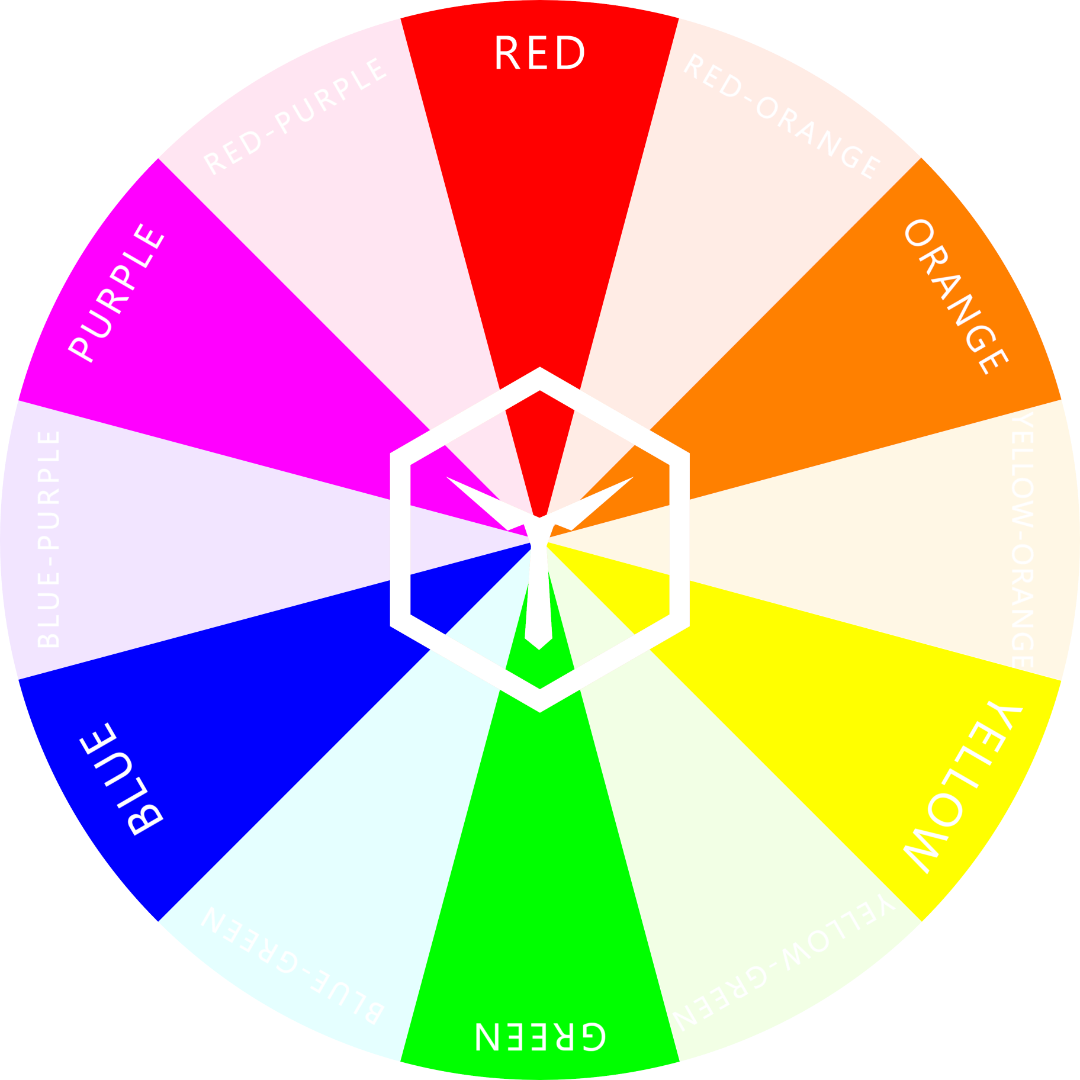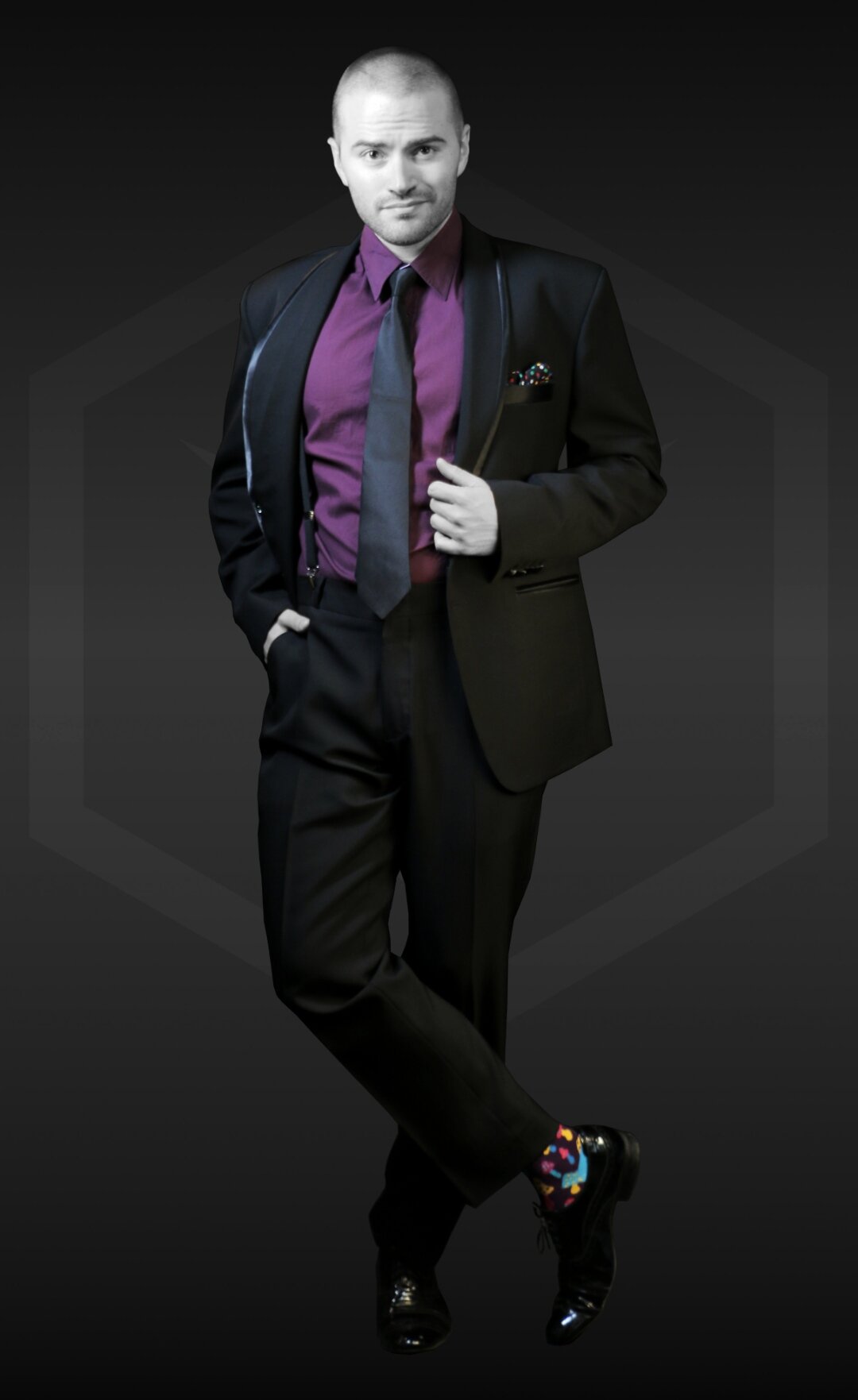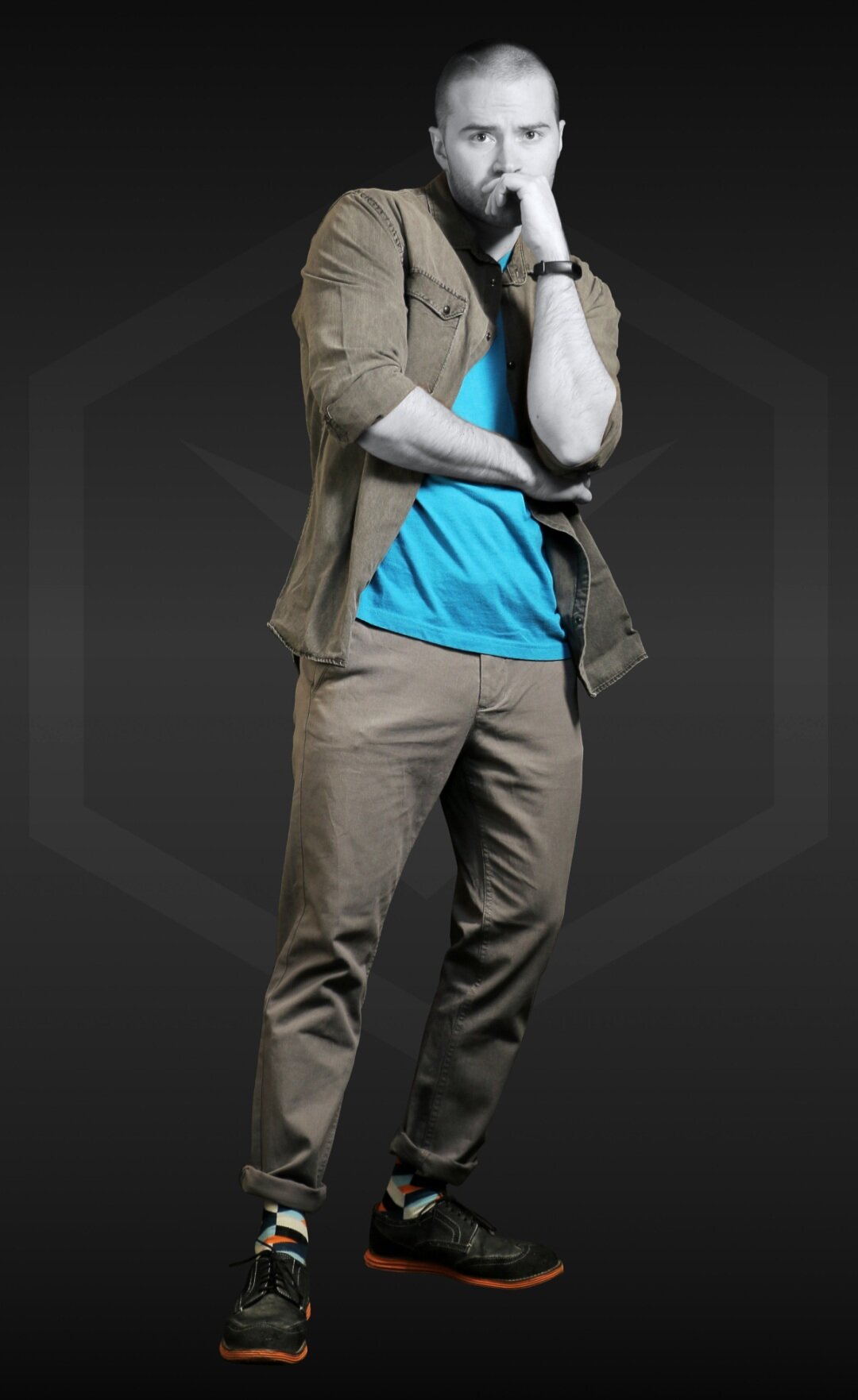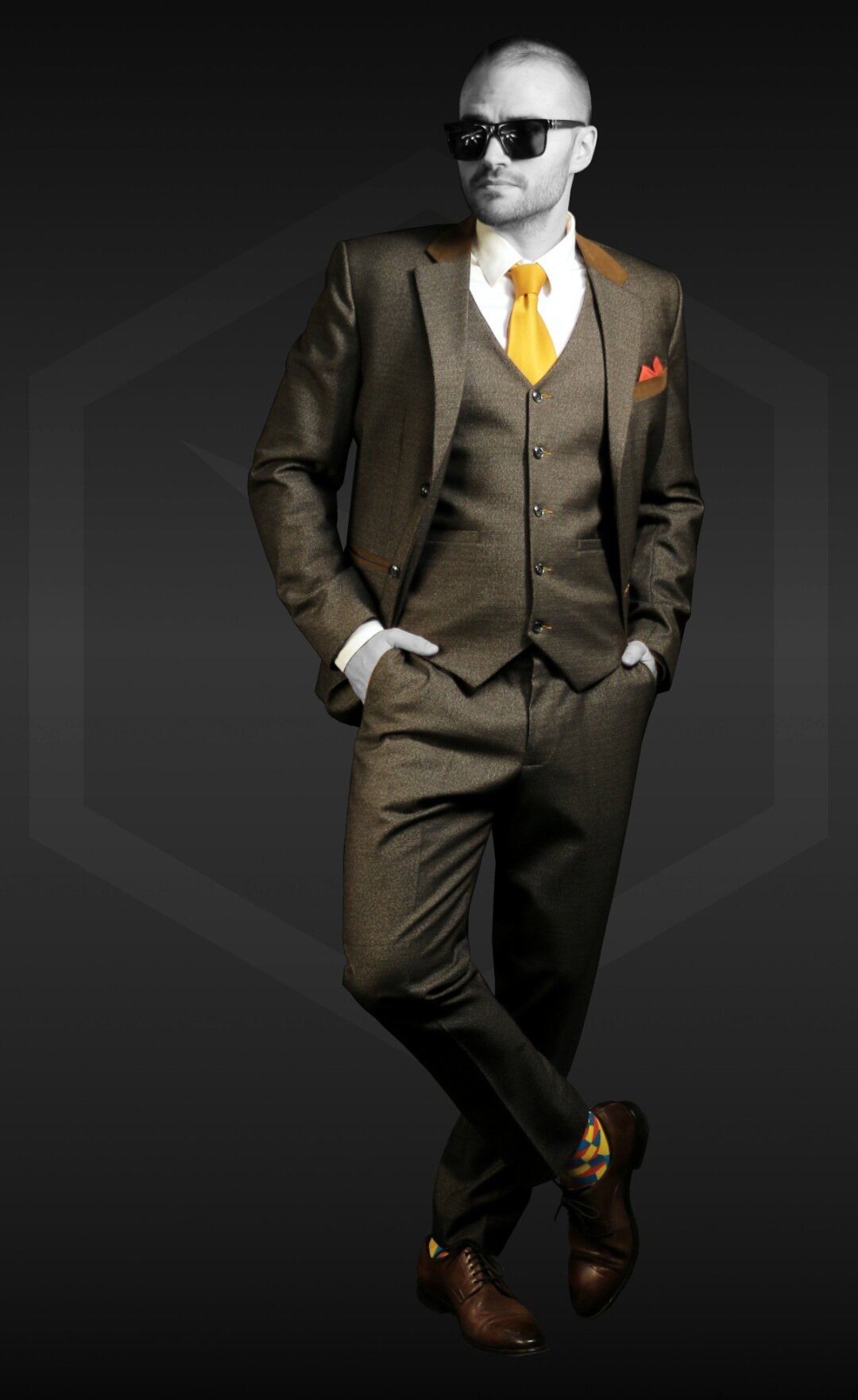What Clothing Colors Say About You
Contents:
Meanings and Interpretations of Colors in Fashion
You have probably never considered this, but try to imagine a world without color. How drab and uninteresting would that be? Simply put, a world without color is unimaginable.
Every day, we see thousands of colors in varying shades and combinations and you may not be conscious of how that affects you, but it does. In this article, we will discuss what clothing colors say about you and what the meanings and interpretations of different colors are, as it relates to clothing.
We are surrounded by colors, most of which have been seamlessly integrated into our lives. The sky is blue, the fields are green, and sand is, you know – sandy. These are basic colors we can all relate to, but do colors represent anything more than their appearance?
Let’s first understand what colors mean before we talk about their interpretations in clothing.
Do Colors Have Meaning?
Yes, each color has its meaning and says something about the wearer, which we will discuss in detail further on in this article. Colors play an integral role in our lives, maybe one you may not have paid attention to in the past, but definitely one you can’t deny.
Everybody, when faced with an important meeting or occasion to attend, has to first figure out the appropriate outfit type, and then the color. So, in that order, color is the second most essential factor in dress choice.
Apart from picking an acceptable color for your event, you should probably choose a color that will elicit the mood you want. So, in a way, clothing colors say what you want them to say. But it’s not that simple.
According to the renowned former American fashion designer and socialite, Lilly Pulitzer, color affects people's moods. So yes, you don’t want to be wearing a grim or sad color if you intend to inspire a positive and vibrant response in a meeting. More on this later.
Colors also have some biological, cultural, and psychological implications. From birth, we are introduced to certain colors. These colors are deeply rooted in our minds and often symbolize a mood, season, or occasion.
Here are a few of the cultural implications of some colors
Mourning: Black is the color associated with death in most western countries, and most parts of the world. But in Asia, the color that represents death and mourning is white. For instance, ancient Chinese wore all-white clothing for funerals, and when they were mourning the dead.
Gender Roles: Growing up, most male children's rooms are painted blue. Therefore, the color blue tends to be a favorite of many young male adults. For girls, the color is pink. This phenomenon is so widely studied, accepted, and now stigmatized, that even cartoons with female characters - like Barbie - tend to have the more “feminine” pink color.
Forces of good and evil: In most popular depictions, light represents good, while dark represents evil. This concept becomes ingrained in our minds from a very young age that it is almost impossible to think otherwise when we’re older. This is broadly supported by religion, pop culture, and widely adapted in movies and cartoons.
As you can see, the meaning of a certain color changes according to the context. But, the context and frame of mind are also shifted when you change color. Both players are therefore linked to one another.
Meaning of Colors in Clothing
The meaning and interpretation of colors in clothing transcends their basic and cultural implications. Colors are so effective that they communicate your position, intention, as well as your state of mind. They pass messages without you having to utter any words.
So, you must be conscious of the color of the outfit you choose, and the message it is transmitting. What a color says about you is not always what you were aiming for.
All colors are some combination of hue, chroma, and shade or tint. In this article, we’ll be discussing the meanings and interpretations of each of the three primary and three secondary hues of the color wheel.
Check out the interpretations of the following hues in clothing:
The 3 primary hues are: red, yellow, and blue.
The 3 secondary hues are: orange, green, and purple.
RED - the color of love, warmth, and passion
Red is usually associated with energy, love, warmth, and passion. So, if you are going to impress someone, red can be your first choice.
Red is one of the most vibrant colors on the color wheel and is often used to signify passion for a course or an idea. Do you want to show passion and commitment at a meeting? Try a touch of red. A red tie with a black or blue suit can create a lively aura that can be contagious.
As stated in a study on evolutionary psychology, red clothes are associated with higher attractiveness in persons of the other gender. The same goes for black clothing, by the way.
Depending on the context, red can also symbolize speed, fear or even danger. It is advised to use red – especially bright red – only sparingly within an outfit.
Note: red is best used as an accent color. This is because the color is too “loud” and contrasting. Using it as your canvas color would be counterproductive and appear rather “in your face” and unappealing.
BLUE - the color of trust, calmness, and intelligence
Blue is usually a cool and relaxing color that screams (rather, whispers) responsibility and intelligence. There are different shades and tints of blue representing varying interpretations. For instance, baby blue exemplifies peacefulness, while navy blue signifies power and depth.
Navy blue is one of the best colors for a suit, in fact. This is mostly due to the color’s inherent properties.
According to some studies, blue colors are mostly picked up by courteous, sympathetic, and shy people. Poise and calmness are the two most important qualities of these people.
Blue is so effective at building trust subconsciously that most brands, including Facebook and Twitter, have it as their brand color.
This is mainly because we, as human beings, tend to link the hue “blue” to trustworthiness, security and stability. Companies know and exploit this fact.
You can do the same with your clothing. Use blue as the canvas color for important events where you feel the need to seem competent or trustworthy.
YELLOW - the color of hope and happiness
Yellow is the color of the sun and more recently, the primary color of the smiley faces on our devices. Did you know that Pantone’s Color of The Year 2021 is Illuminating Yellow? Light Yellow is, therefore, the most trendy color of the year.
Studies show that yellow increases the production of serotonin in the brain, which in turn speeds up the metabolic process in the body and cheers you up.
People who prefer yellow are usually active and creative. They have big dreams and are ready to conquer. When they wear yellow, they also seem younger. This is why (in all seriousness) many women wear light yellow in spring and summer but adolescent boys never do.
It is also one of the most easily noticeable colors apart from yellow-green and yellow-orange (do you see the pattern?). Yellow and its analogous tertiary hues should, therefore, only be worn as clothing when you mean to stand out.
So, if you want to stand out and still inspire positivity, you should try the yellow tie you ignored for so long. Just remember Fashion Rule #6 – repeat the color at least once in your outfit. Otherwise, that tie will seem very random.
Also, if you’re male, only use bright and light yellows as accents. Ladies, however, can pull off bright yellow dresses easily (as long as it’s the right season for it).
Be warned: Yellow can not only mean youth, friendliness, and positive feeling. It can also mean caution, cowardice, and jealousy.
GREEN - the color of natural harmony and growth
Green is the color of nature and usually represents life, renewal, and energy. According to a study by the University of Amsterdam, green provides positive energy which influences your mood and that of your surroundings.
People who prefer green are usually active and more smitten by nature. Also, did you know that green can be a stylish color with which to mix up your usual appearance?
Simply combine some darker shades of green with beige or brown and presto! Instant class. All you need now is an old Mini Cooper in the same color scheme and you’ll be more British than 007.
Seriously though, earthy colors – especially green – seem environmentally beneficial (not like the Mini). A person wearing green shades and tints instantly appears to be more “down-to-earth”, friendly, reliable, and approachable.
Green is a very good hue to wear for social, smart-casual events. Pro tip: start with dark green or dark yellow-green (olive) in mind, when putting together your outfit.
PURPLE - the color of royalty, spirituality, and luxury
Purple, often referred to as “magenta”* or “violet”, is a magical hue, having the warmth of red and calmness of blue. It is usually associated with luxury and royalty.
Cleopatra of Egypt and the ancient nobility of Rome were crazy about purple. Partly because the pigment is so rare and hard to obtain. In nature, purple is almost exclusively found in flowers and fruit.
People who prefer purple are usually art-loving, creative, and sensitive as well. These people are usually unpredictable and dealing with them can be easy and difficult at the same time.
Note: Purple is another color that is awesome and unique, but is best used as an accent color. Wearing a black suit with a purple shirt is a combination that may be best reserved for royalty. But, if you want to pull off that look, be sure you’re the boss.
There are a few interesting facts about the hue that is situated between the hues red and blue: For many people, it is hard to define and name all the colors in between red and blue because all of them look somewhat like purple – but also violet, magenta, and fuchsia and even pink!
Why is that? And why is there so much controversy on this topic?
Well, a possible answer to this question could be that humans can’t actually see “pure purple” as it is in the color wheel. Wait, what?! Let us explain:
Human eyes are not able to pick up the wavelength of the hue “purple” because it is outside of our spectrum of color vision. Why do we still “see” it then? This is because (in the RGB color wheel) purple is opposite to green – and we can most definitely see green.
Now, our brains piece together a purple hue automatically by measuring the absence of the color green in any other hue. Does that sound complex? Because it is. But, it could also well be the reason why purple is so mysterious and exclusive.
*Magenta is a more fitting term than purple when used in conjunction with the color wheel. This is mostly due to the fact that many people regard purple to be rather dark and would not call the depicted hue in our color wheel “purple”. But, let’s not discuss purple any further in this article – this could go on for ages.
ORANGE – the color of fun, optimism, and action
Orange is the opposite of blue in the RYB color wheel and is, therefore, its complementary hue. This bright and strong hue radiates warmth, whereas blue seems cold.
This is why, when we speak of cold colors, we mean colors that have a blue undertone, and when speaking of warm colors, we mean those that have an orange undertone.
Being the warmest of all possible hues, orange has exactly that effect: It “warms up” people’s moods and drives motivation. Because of this, there are many companies that use orange as their primary brand color.
Think of brands like Gatorade and Nickelodeon who want to activate their customer base or others like Harley Davidson or Hooters that don’t shy away from using a bold color to show they stand for what they do.
A bit of fun trivia: this is also why COLORBUX follows this color scheme.
People who wear lots of orange, first of all, are very rare and hard to find, and secondly, truly want to stick out. It’s hard not to look at someone that is wearing bright orange colored clothing. This is why many emergency services and construction workers wear orange.
When you use orange as a canvas color in your outfit, you’re bound to look like a contractor on the job. But, if you only use orange as an accent color, you open up a world of nearly unlimited possibilities.
When used sparingly (like as an accent), orange quickly becomes the most remarkable part of an outfit – exactly because it’s so bright and “in your face”. You don’t even have to use a lot of orange. Small blobs of this warm hue here and there do the trick.
Not many people can wear a large amount of orange without looking like a traffic cone. More often than not, it’s people of darker skin tones who can rock a brightly colored orange outfit. Why? This has to do with the underlying tone of a person’s skin. Individuals with an underlying orange skin tone (mostly Caucasians) shouldn’t wear orange because it makes them look sickly and pale. More on this topic in another article.
Honorable mentions that are not on the color wheel
BROWN - the color of wholesomeness, stability, and peace
Brown is a very earthy and familiar color that elicits a sense of support and stability. This color usually represents friendliness, simplicity, dependability, health, and peace. People who prefer to wear brown over other colors are usually very dependable and neutral.
A brown jacket on a man usually gives the impression of intelligence and reliability. For instance, picture any mathematics or architecture professor. I bet he wears a brown jacket, right?
WHITE - the color of innocence and purity
White is the color that contains all (or sometimes none) of the colors of the rainbow. Yes, I know that’s hard to believe, but it’s true.
It is a symbol of innocence, purity, and simplicity. This is why it’s generally used as the color a bride wears at her wedding.
White attracts people who love freedom and are usually very organized in everything they do.
White can be the go-to “color” of different personality types. Most people choose to wear an all-white outfit on special occasions, though. If you want to stand out at an event you are hosting, wearing light colors is a good choice. This is where white, being the lightest of them all, helps a lot.
BLACK - the color of class, elegance, and sophistication
Although black has some negative connotations, like death, grief, and fear, it also has a remarkable appeal. Black is the most enigmatic color in the world, associated with elegance, sophistication, and class.
According to some studies, people who like to wear black are purposeful, ambitious, and artistic. Although they try to hide it, they are easily excitable and a bit more emotional than others. Showing up at an event wearing “all-black” creates a powerful and mysterious appearance.
Well, now you can’t claim you don't understand colors anymore – at least not the three primary and three secondary hues.
Good knowledge about what clothing colors say about you and the meaning and interpretation of colors in clothing has always been one of the weapons in a style conscious person’s arsenal.
Armed with the information in this article, you can dress to achieve the desired effect, any time, any day.
Should you have any further questions, please don’t hesitate to ask us. We’re serious! Just send us an email or a direct message on our social media pages.













![Top 8 Best-Matching Colors [Which Ones & Why]](https://images.squarespace-cdn.com/content/v1/5d91f9da52210569ede7ff3a/1651242239176-CXWJHIC3RXVB7QT9A8IS/COLORBUX+Best+Matching+Colors+Top+8+Pairs+BANNER+Thumbnail.jpg)

![Color Blocking [Full Guide to In-Your-Face Outfits]](https://images.squarespace-cdn.com/content/v1/5d91f9da52210569ede7ff3a/1646746930918-379H8IHBYZUTHYHXRC3P/COLORBUX+Banner+Color+Blocking+Fashion+Guide+Thumbnail.jpg)
![Monochrome Style [Full Guide Plus Examples]](https://images.squarespace-cdn.com/content/v1/5d91f9da52210569ede7ff3a/1642857375701-LH2G67A31EQKYG3TVZ0T/COLORBUX+Monochrome+Style+Guide+One-Colored+Outfits+BANNER+Thumbnail.jpg)

